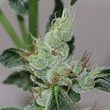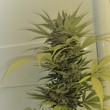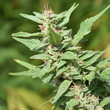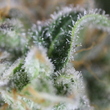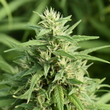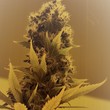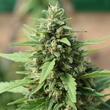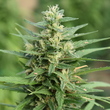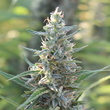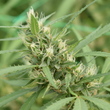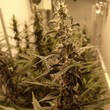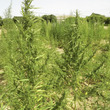Introduction
Recent approved medicines whose active principles are Δ9Tetrahidrocannabinol (Δ9-THC) and/or cannabidiol (CBD) open novel perspectives for other phytocannabinoids also present in Cannabis sativa L. varieties. Furthermore, solid data on the potential benefits of acidic and varinic phytocannabinoids in a variety of diseases are already available. Mode of action of cannabigerol (CBG), cannabidiolic acid (CBDA), cannabigerolic acid (CBGA), cannabidivarin (CBDV) and cannabigerivarin (CBGV) is, to the very least, partial.
Cannabinoid CB1 or CB2 receptors, which belong to the G-protein-coupled receptor (GPCR) family, are important mediators of the action of those cannabinoids. Pure CBG, CBDA, CBGA, CBDV and CBGV from Cannabis sativa L. are differentially acting on CB1 or CB2 cannabinoid receptors.
Material and méthods
CBD and CBDA was purified from the Cannabis variety SARA (CPVO/20150098), CBG and CBGA from the variety AíDA (CPVO/20160167). CBDV from the variety THERESA (CPVO/20160116), CBGV from the variety JUANI (CPVO/20160117) and Δ9-THC from the variety MONIEK (CPVO/20160114) following a patented method described in the Phytoplant Patents: “Methods of purifying cannabinoids, compositions and kits thereof” with code 9765000 B2 and “Methods of purifying cannabinoids using liquid: liquid chromatography” with code 10207199 B2. All the cannabinoids have a purity > 95%. CANNA products were used for the cultivation of all varieties.
Results
Affinity of cannabinoids depend on the ligand of reference and may be different in membranes and in living cells. All tested phytocannabinoids have agonist-like behavior but behaved as inverse-agonists in the presence of selective receptor agonists. CBGV displayed enhanced potency in many of the functional outputs. However, the most interesting result was a biased signaling that correlated with differential affinity, i.e., the overall results suggest that the binding mode of each ligand leads to specific receptor conformations underlying biased signaling outputs.
Discusion
Results here reported and the recent elucidation of the three-dimensional structure of CB1 and CB2 receptors help understanding the mechanism of action that might be protective and the molecular drug-receptor interactions underlying biased signaling.
Other publications
See more
See more
See more
See more
See more
See more
See more
See more
See more
See more
See more
See more
See more
See more
See more
See more
See more
See more
See more
See more
See more
See more
See more
Ask for information
Can we be of help to you? Do you have any questions about us? Write to us and we will contact you as soon as possible.
